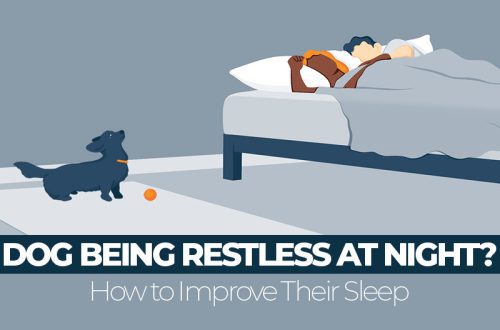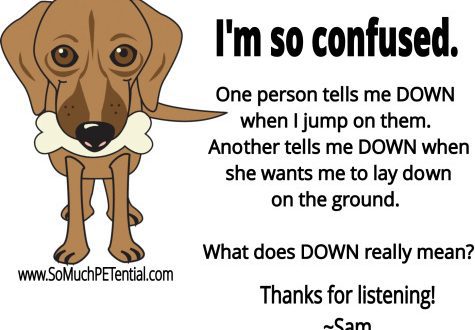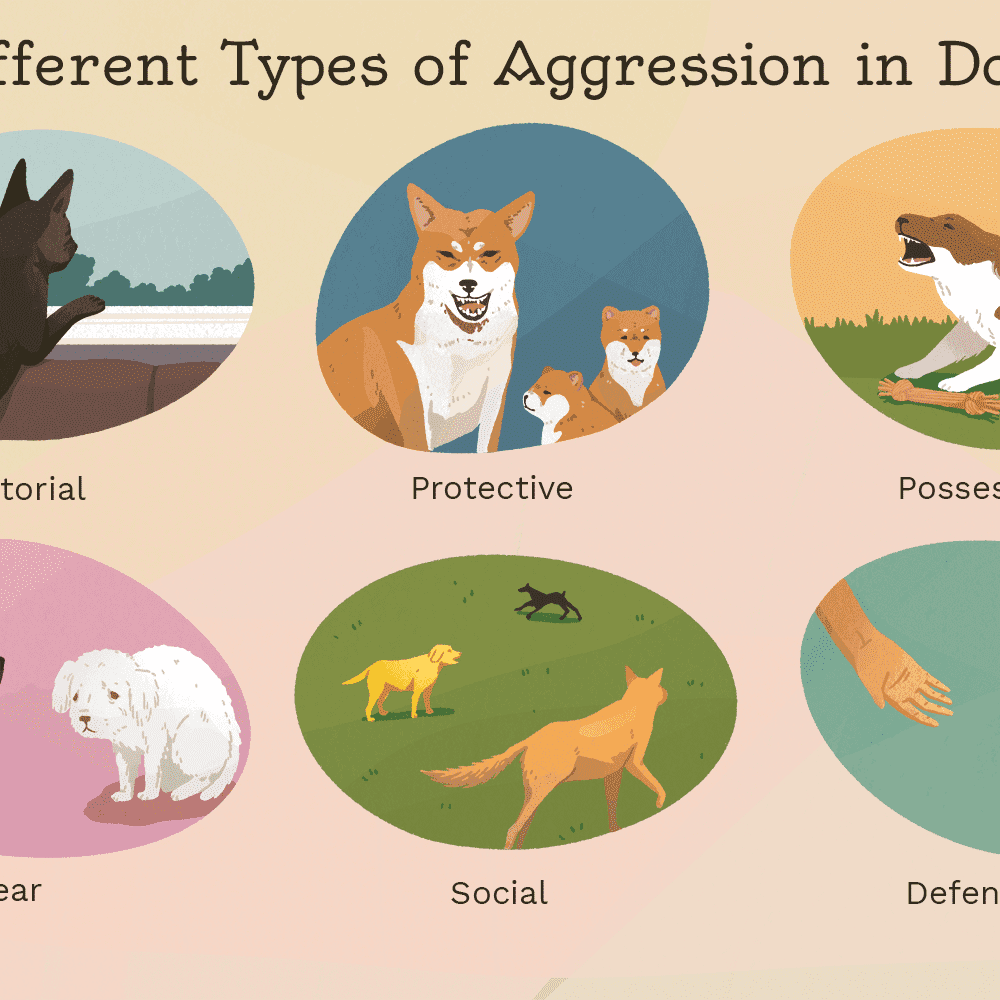
How dogs learn to be aggressive
Many people still attribute the dog’s aggressive behavior to attempts to “dominate“. However, more and more scientists are now coming to the conclusion that aggression Dogs in relation to humans have nothing to do with dominance. Moreover, they conclude that it is useful to look at dog aggression from a learning point of view. How do dogs learn to show aggression towards people, in particular, towards owners, and how to avoid such a development of events?
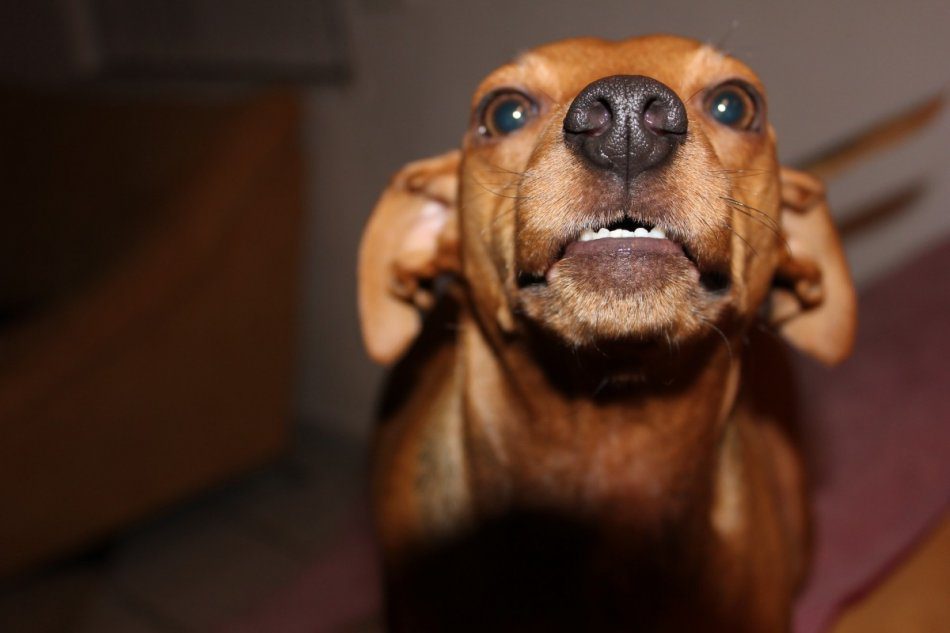

Photo: www.pxhere.com
How do humans teach dogs to be aggressive?
Imagine a very common situation: a person does something unpleasant to a dog without first accustoming it and at the same time ignores the signals of discomfort. In the end, the frightened dog, desperate to “get through” through peaceful negotiations, bites the owner.
What does a person do? There are two options:
- Stops making your dog uncomfortable. For a dog, this is a negative reinforcement. It’s not scary if this happened once, while the person drew conclusions and began to work on accustoming the dog to unpleasant procedures (for example, cleaning the ears or trimming the claws), combining this with proper management of the situation. But if the situation repeats itself, the person teaches the dog that by biting, he can avoid unpleasant sensations. And it is quite logical that the dog begins to use its teeth more and more often. This behavior has nothing to do with dominance, it is a matter of learning.
- The owner thinks the dog is “dominant” and punishes him. The dog has two options for response:
- It demonstrates signals of submission (for example, stoops and draws in the tail). But the problem is that not all people can read dog body language or do not consider it necessary to respond to dog signals. And if a person does not stop at this moment, but continues to punish, the completely intimidated and cornered dog turns on the “fight or die” reaction, and it bites the owner again. The continuation of the punishment causes even more fear of the dog, and he bites even more desperately. This is a vicious circle, which only a person can break, but not a dog. And certainly the behavior of the dog in this case is not connected with attempts to “dominate”. It is this scenario that leads to dogs being handed over or euthanized because behavior deteriorates more and more, and less and less stimuli cause aggression. This is very convincingly proved by the results of the study. If a person stops punishing a dog in response to submission signals, it will most likely begin to show these signals more often, but it is not a fact that it will become more tolerant of unpleasant procedures. So, there is a chance that she will continue to bite, and then demonstrate submission in order to avoid continued aggression from the person.
- Dog immediately triggers a “fight or die” scenario and bites the owner in response to punishment. A study (Meghan E. Herron, Frances S. Shofer, Ilana R. Reisner, 2008) showed that minimum 25% of dogs immediately respond with aggression to the owner’s attempts to “establish a hierarchy”. Not only dog beating was studied, but also other methods that are promoted by adherents of the “dominance theory”, for example, alpha flips, etc. And then everything happens as in the previous scheme, in a vicious circle escalation of aggression. That is, violence is a so-so way.
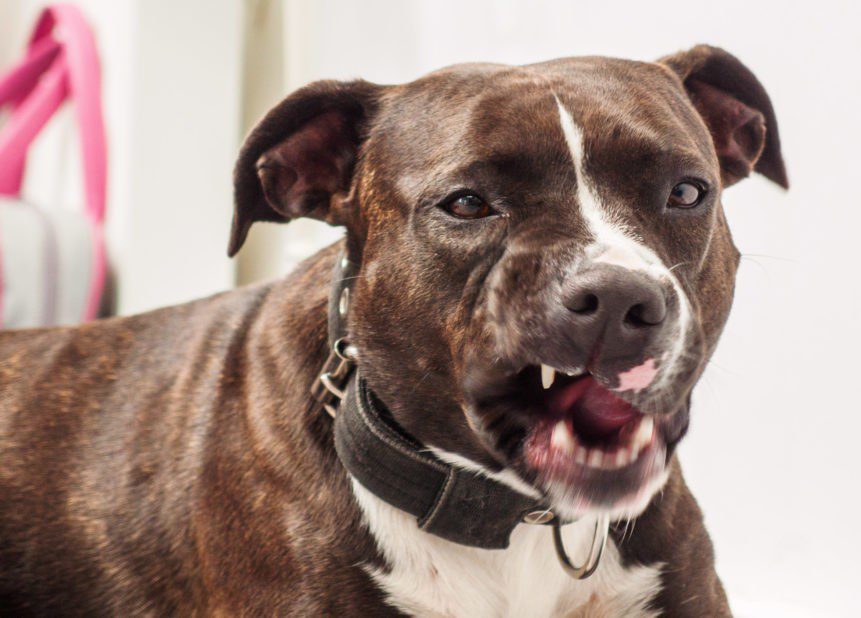



Photo: libreshot.com
How NOT to teach a dog to show aggression?
Of course, the dog should not bite the owner. But what to do if violent methods lead to worse behavior? The answer is obvious: use other methods.
- Organize situation management, that is, to create conditions in which the dog cannot bite. For example, in an emergency, if you urgently need to carry out some unpleasant procedure, but there is no time for training, you can put a muzzle on the dog. However, some do this all their lives, and the dog eventually either gets used to endure, knowing that it can’t do anything anyway, and sooner or later the discomfort will end, or it starts to avoid unpleasant procedures, and, seeing, for example, a nail cutter, hides, then you have to catch it first, and in this situation the dog can also begin to defend itself. That is, this option is acceptable in an emergency, but in the long run promises a lot of additional problems.
- The best option, in my opinion, accustom the dog to unpleasant procedures. This can be done with positive reinforcementgradually increasing the intensity of the stimulus. As a result, the dog allows even unpleasant manipulations with itself, but at the same time it does not show aggression, but suffers in anticipation of encouragement. This is a more reliable method, as it changes the dog’s motivation and attitude towards the situation. Yes, you will have to spend some time at the beginning of training, but then all your life you will be able to enjoy the result and will not fight with the dog.





